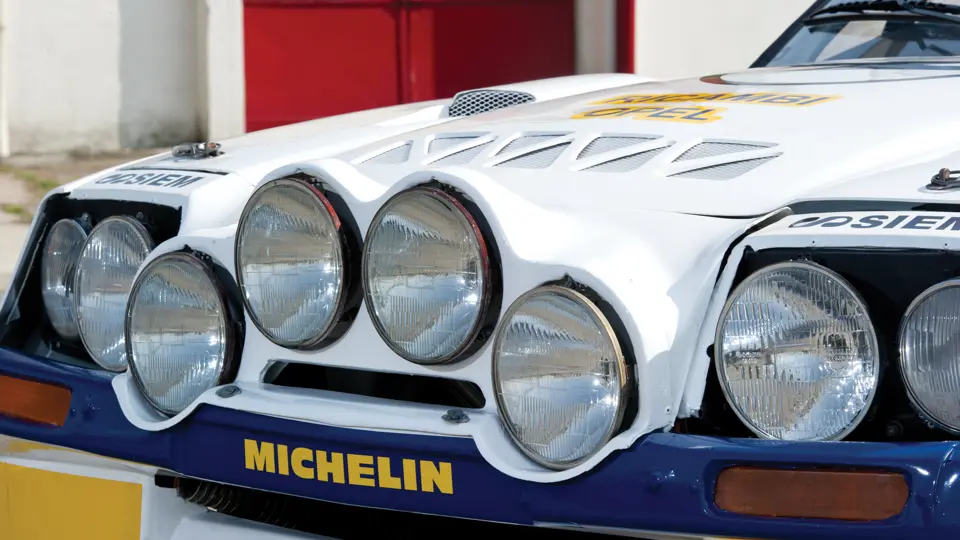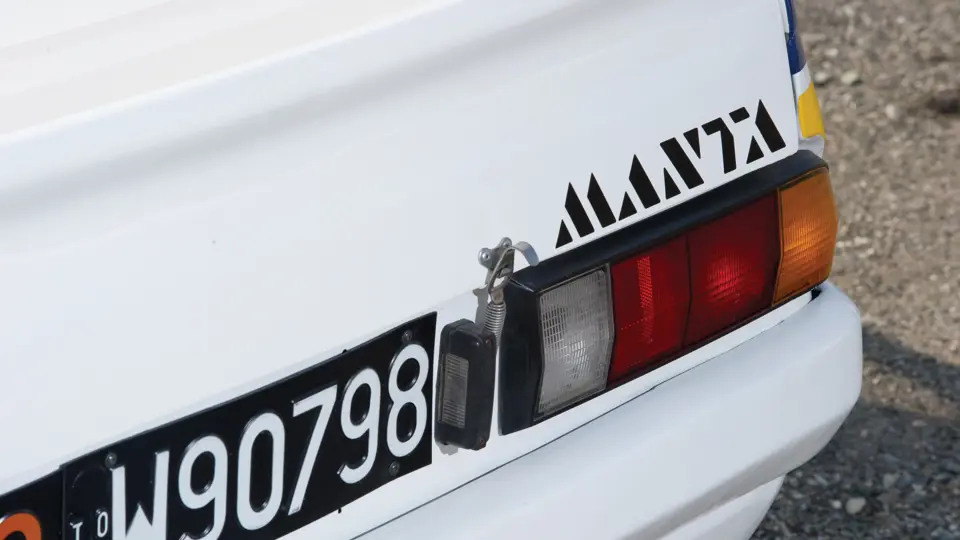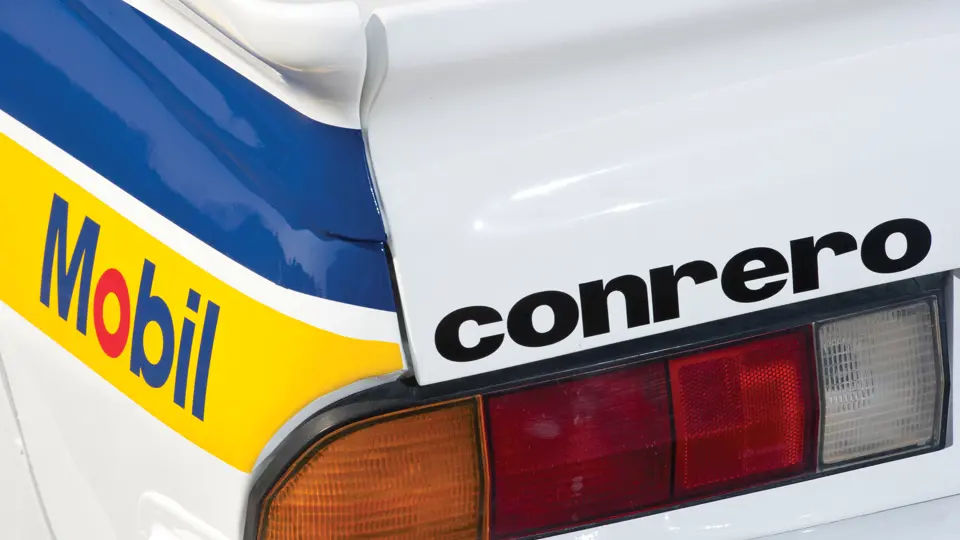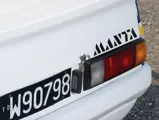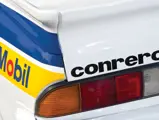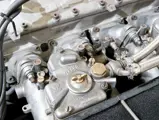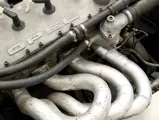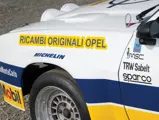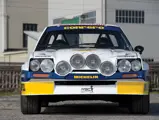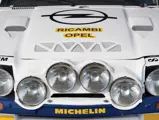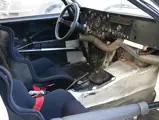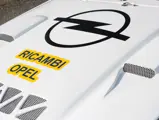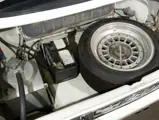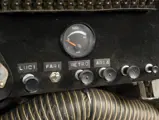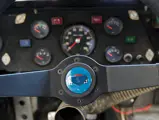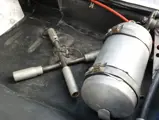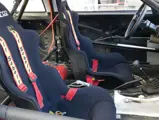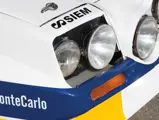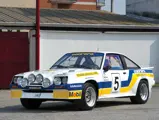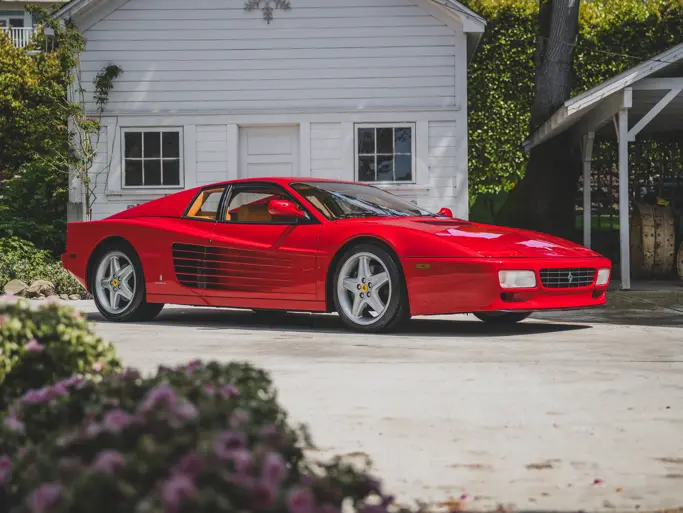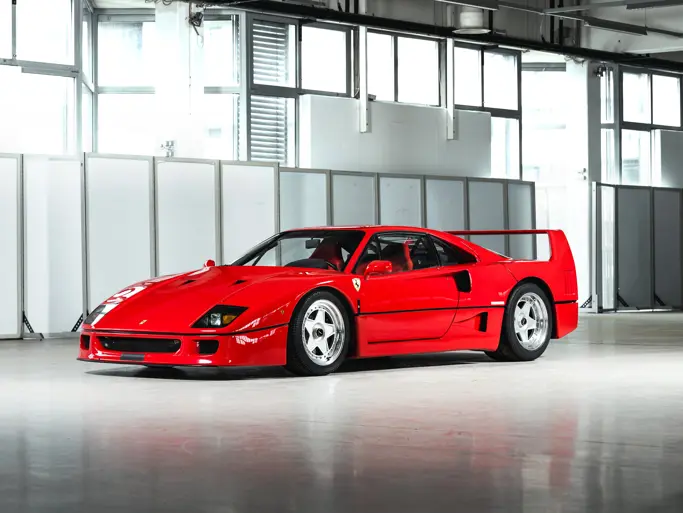275 bhp, 2,410 DOHC inline four-cylinder engine with dual Weber carburettors, Getrag five-speed manual transmission, wishbone and coil spring with anti-roll bar front suspension, five-link axle with coil spring rear suspension, and front and rear ventilated disc brakes. Wheelbase: 2,517 mm (99.1")
• Fully prepared Group B racing car
• Driven on the 1984 Monte Carlo Rally
It was in 1981 when the futuristic Manta 400 first débuted in the UK, driven by Tony Fall. It was at this time that Jimmy McRae was competing in the Opel Ascona 400. Fall was confident he could make the Manta competitive in a few months. It took until 1983 before FISA gave the official stamp of approval, and the new rally car made its world début in Corsica, driven by Guy Fréquelin.
Unlike the Ascona 400, the Manta makes full use of Kevlar body panels; the front panel, front wings, hood, doors, rear arches, boot lid, spoiler and even headlight holders are all made from the lightweight material, saving a total of 80 kg. To further help distribute the weight, the engine was moved back six cm. With a number of improvements, the Manta 400 was ultimately more competitive than its predecessor. The Cosworth engine, unlike its 144 bhp baby brother, produces 275 bhp in phase 3, in Weber carburetted form.
Known for tuning Alfas and Lancias in the ‘50s and ‘60s, Autotecnica Conrero (aka Studio Futuro) fully prepared this Opel Manta 400 for Group B rally racing. Delivered new to Conrero in 1984, it was first registered on Turin number plates, TOW 90798. Though little is known of its competition history, it is known that this car was driven by Salvador Servia and Jorge Sabater in the 1984 Monte Carlo Rally and to have won a round of the Spanish Rallye Championship. Currently finished in Conrero livery, this Manta is complete with a competition fuel cell, spare wheel, rally light pod, as well as a tyre iron mounted by the co-driver’s seat, in case of any mid-stage repairs!




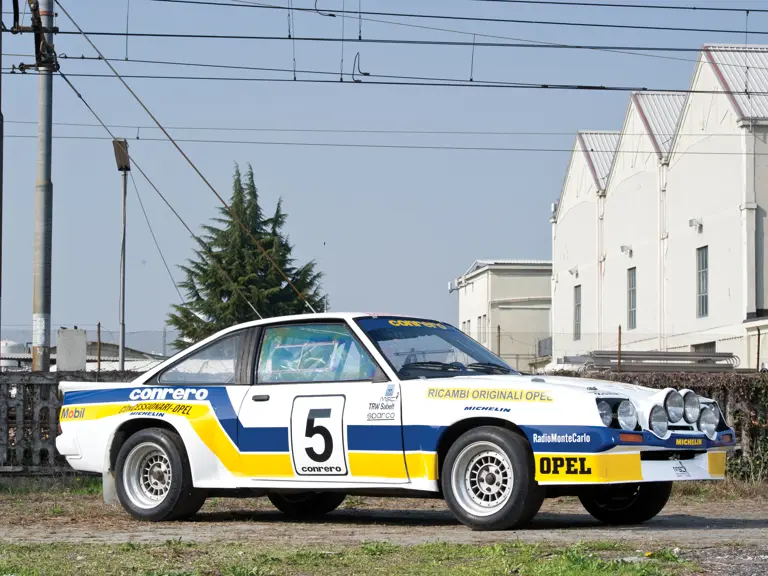
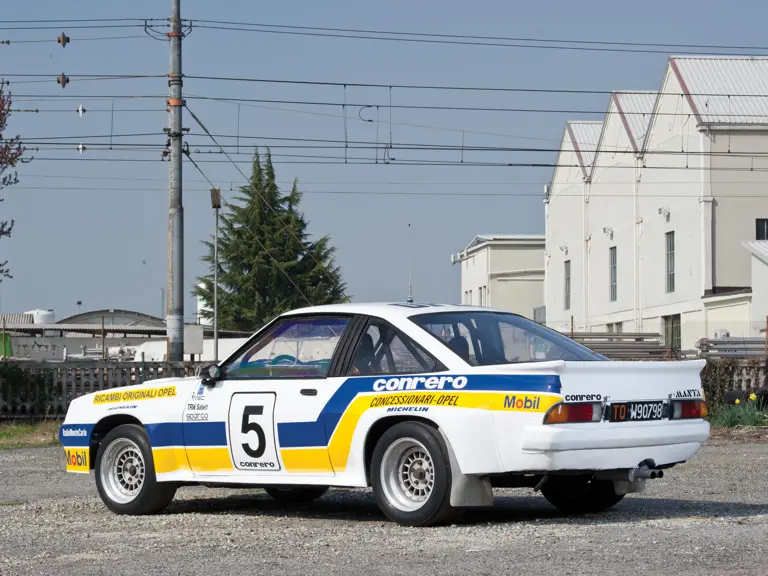
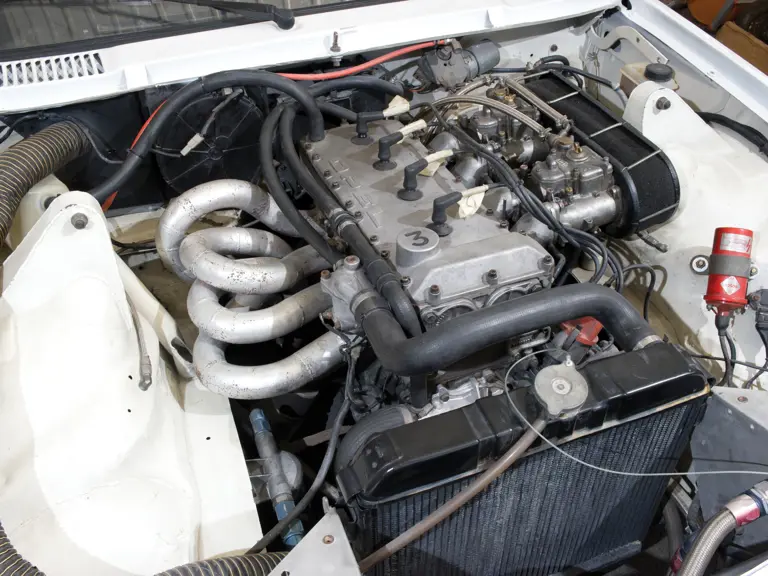
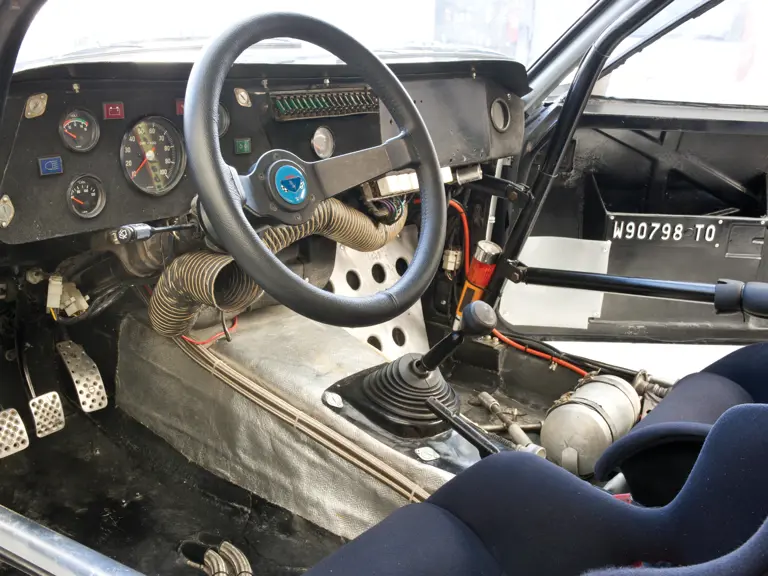
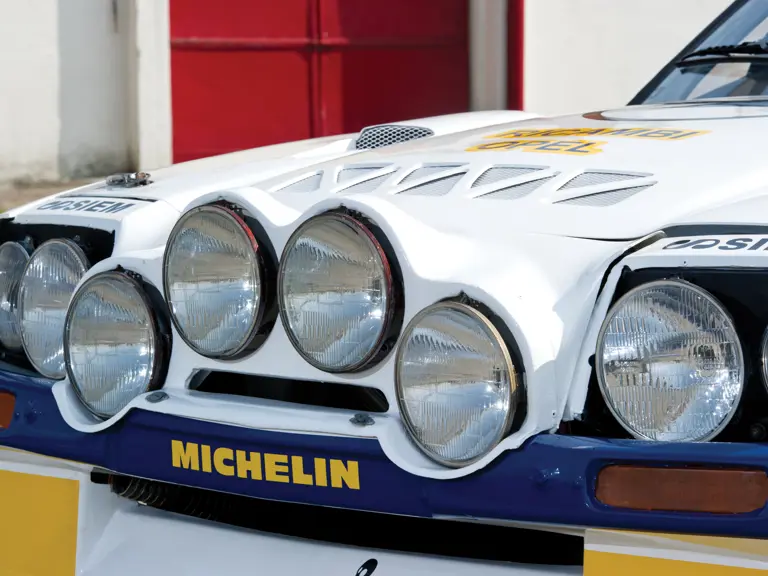
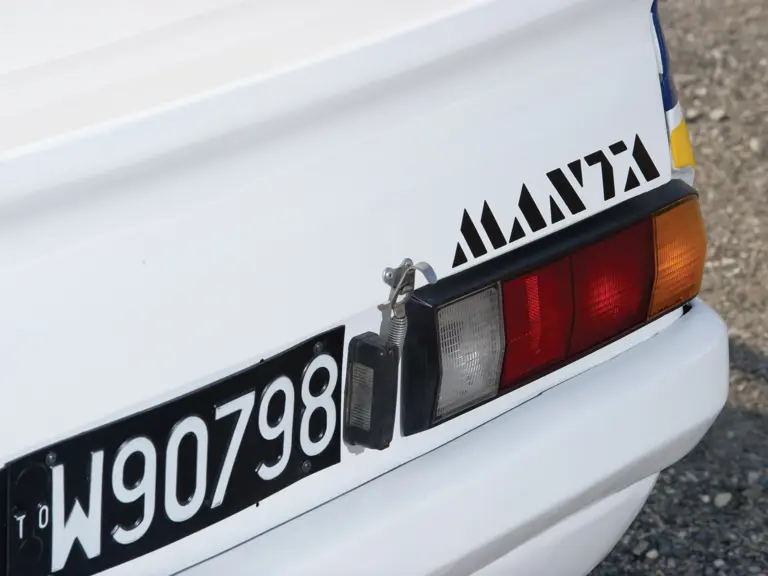
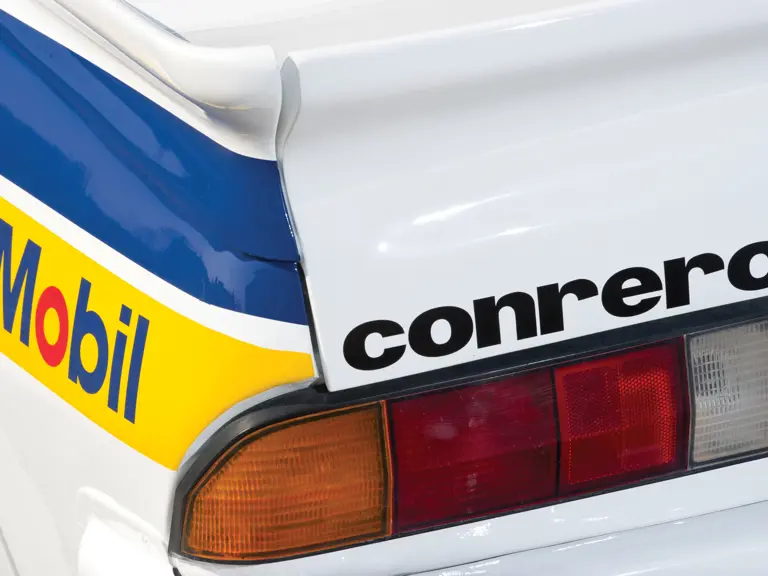
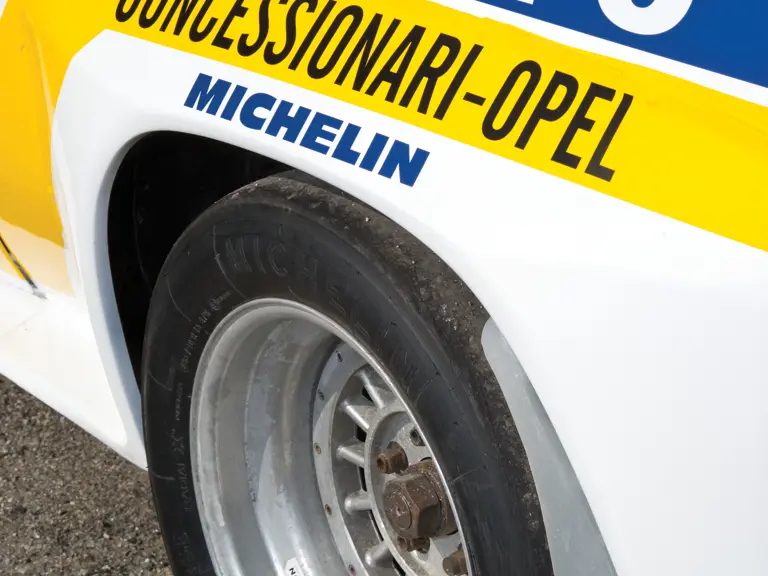

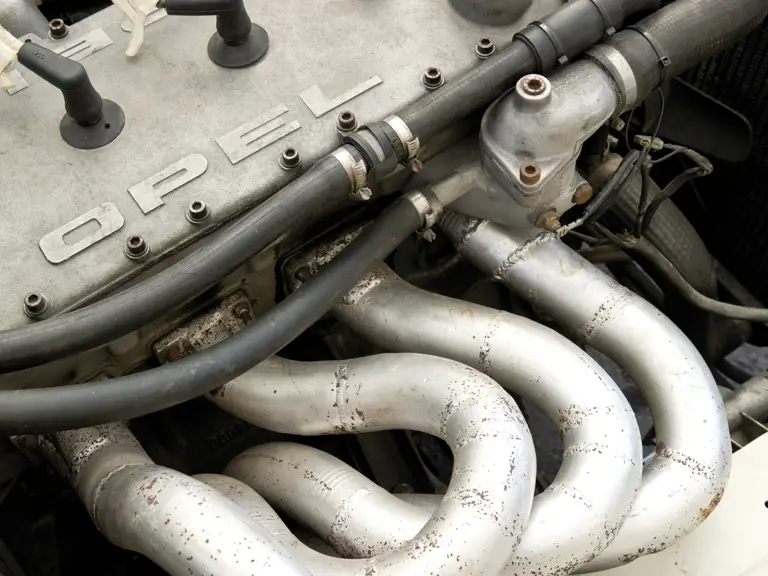
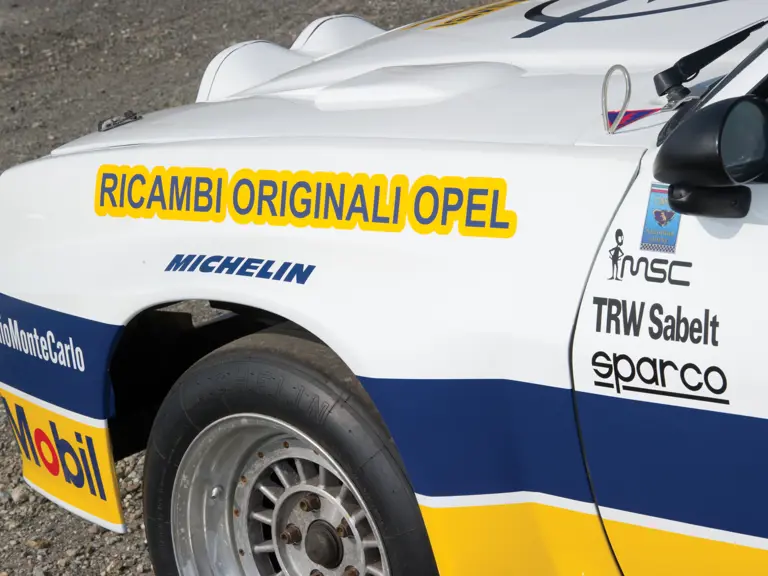
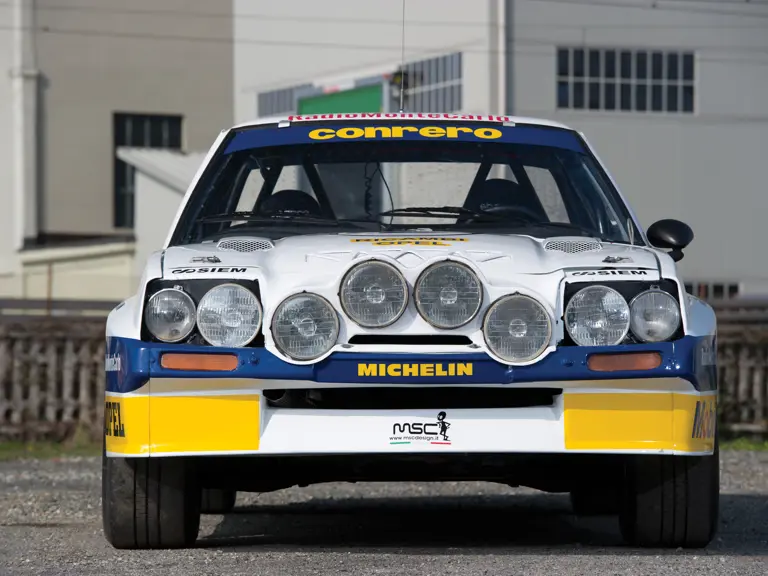
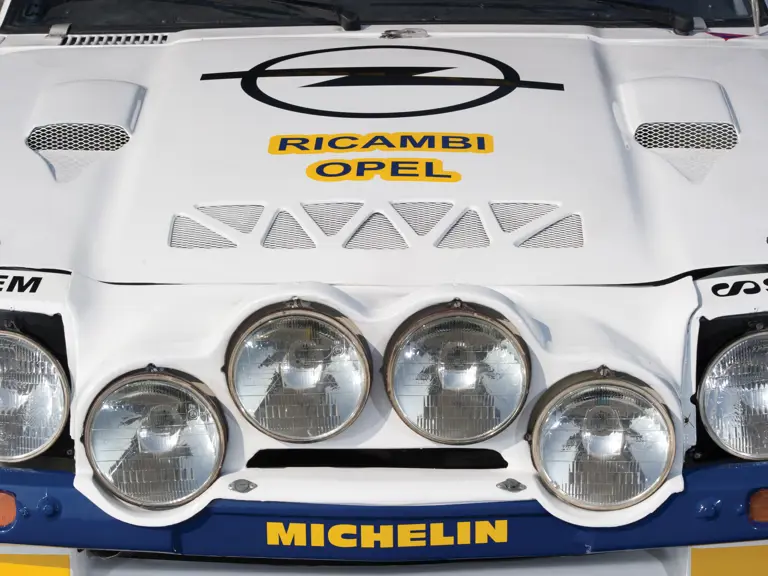

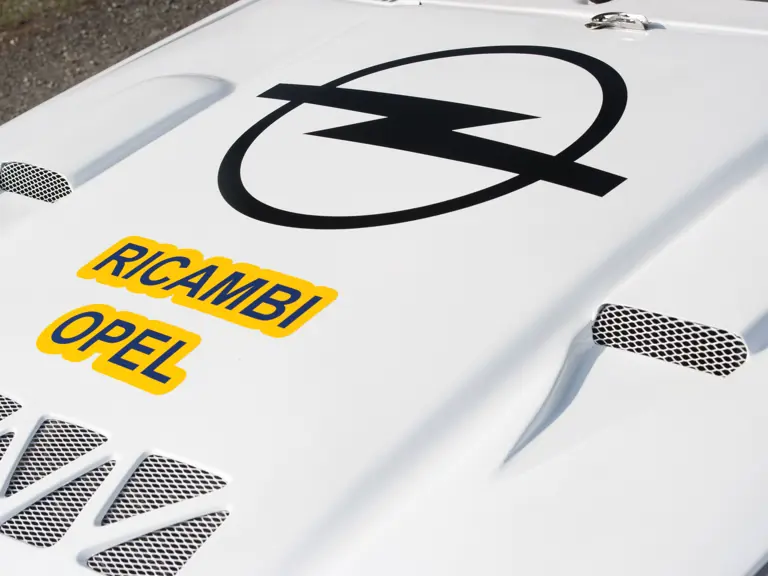
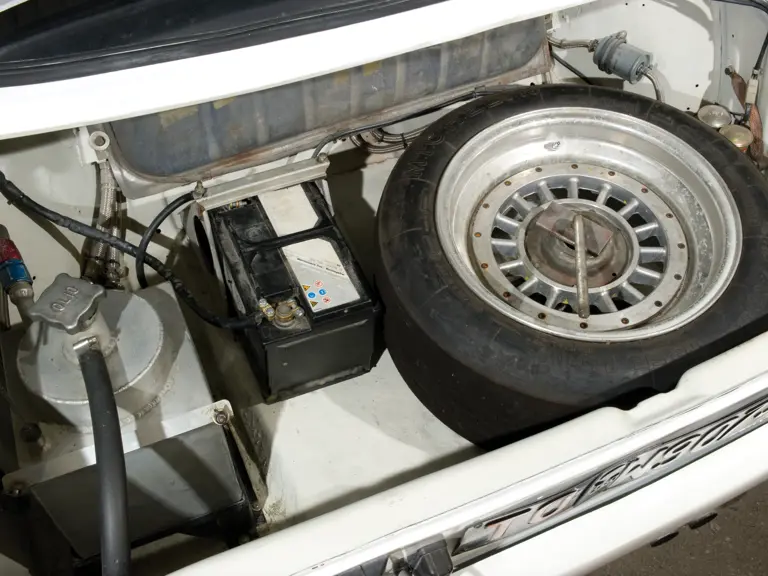

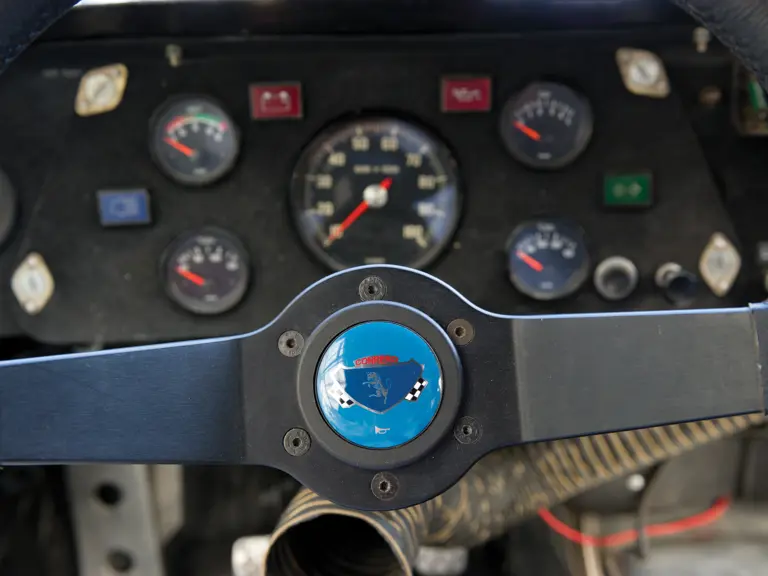
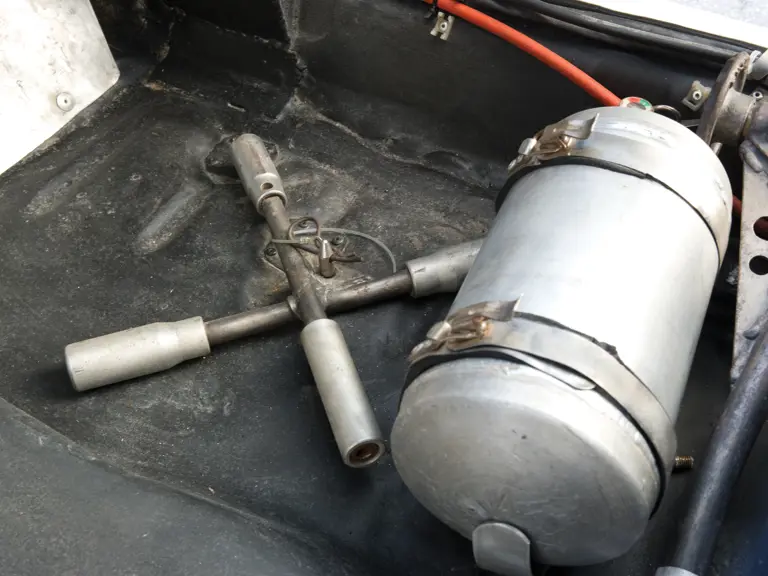
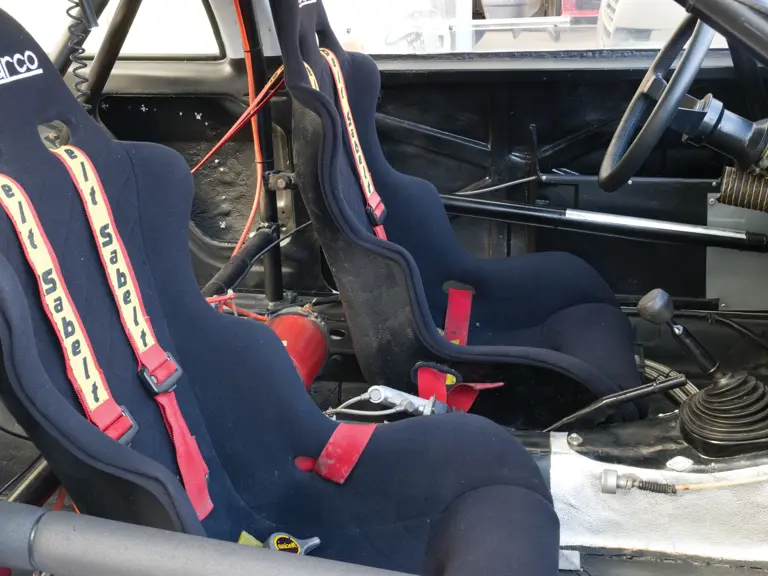


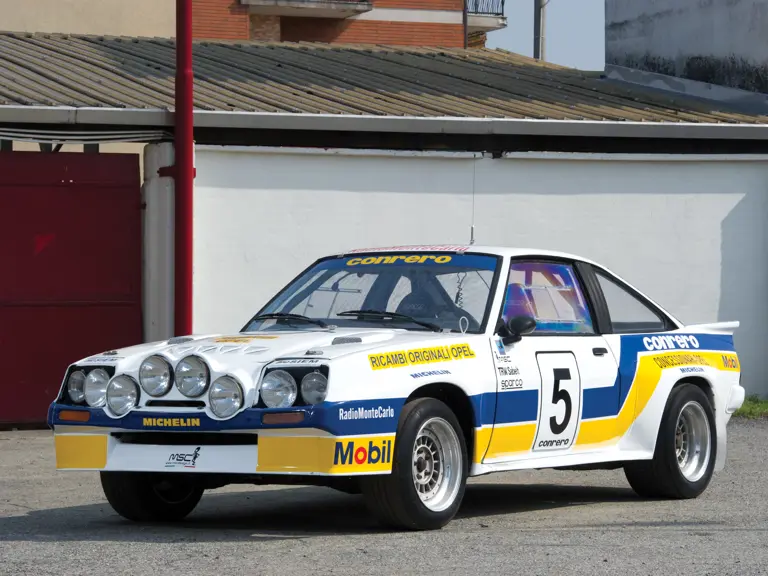

 | Monaco, Monaco
| Monaco, Monaco
